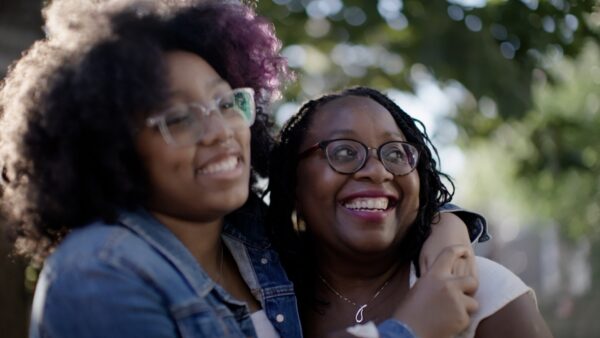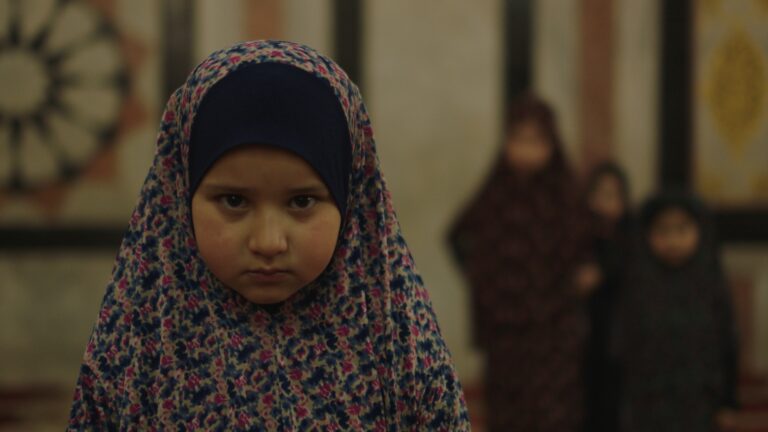Journalism is increasingly under attack both in the United States and around the world, yet is a crucial bulwark against corrosive forces that eat away at democracy, accountability, and society writ large. As a counterpoint to this hostility, director Dina Rudick offers her perspective as a journalist-turned-filmmaker and takes a narrow-but-deep look at four Boston Globe reporters, the ways their unique life experiences drive their work, and how they’re haunted by stories they cannot forget. The film looks both outward at the stories being reported and inward at how carrying these stories shapes the journalists themselves.
Patty Wen, Evan Allen, Meghan Irons, and Mark Arsenault, the journalists featured in Bearing Witness, epitomize diligence and integrity. Each of them is so different from the other, but they overlap in a core value – that of being a witness.
To have a conversation with Patty Wen is to come away with the impression that she agrees with everything and also nothing. She’s constantly evaluating, weighing, processing. Her internal questions are incessant: Is that so? Is that fair? What is the context? These questions are reflected in her reporting, but have a deeper root, stemming from her family’s journey from Communist China to the US. Her father’s warning words echo still, prompting her to keep watch on the forces that move and shape economies and society.
Evan Allen’s adolescent struggles with mental health and suicidality have sensitized her to the paper-thin membrane between functional existence and catastrophe. She reports on crime and tells stories of people experiencing the lowest lows of their lives – drug addiction or criminality or just plain bad luck. She looks at the Other and sees herself. That society can dismiss the Other, ignore their traumas and cast them aside, enrages Evan. She refuses to look away and furiously applies her talents to amplify the perspectives of those we’d rather forget.
Meghan Irons is a quiet poet. She immigrated with her mother and sisters from Jamaica at age 14, landing in the center of one of Boston’s roughest neighborhoods during the racially charged 1980’s. She worked steadily toward her dream of writing and telling stories, and came to be a trusted ear to her Dorchester and Mattapan communities – a responsibility she takes to heart. To be Black in Boston is to face fierce headwinds – headwinds she understands, doubly so as an immigrant. She spent a year reporting on 14 blocks of a troubled inner city neighborhood in Boston, and immersed herself in the family of a young shooting victim, Nicholas Fomby-Davis. His memory and his family’s pain overwhelmed her, but also reinforced why she is a journalist. “I’m here for people like Nicholas,” she says in the film
Mark Arsenault comes off as casual and easy-going in his personal life, but as a reporter, he’s as accuracy-obsessed and high-strung as they come. For Mark, his process is focused by a central question: “how did it get this way?” And he’s driven by the conviction that unless someone asks, nothing will change – so he has to ask, and he has to get it right. He’s had by his own assessment a blessed life, and has only ever drawn a paycheck as a reporter. But a routine assignment in his early 20’s proved to be a revelation – one that resonates for him even now.
The film is structured as four interlocking portraits, first landing each journalist in the present moment, and then looking at how they, as people, became who and where they are today. The film next explores in turn a story or major event in each of the reporters’ lives that crystallized their ‘why,’ committing them to the work of witness. Each person reflects on the impact that their work, and the work of the media, has in the bigger picture – and their hopes that we, the recipient of their witness, will be moved to care, and to act.




